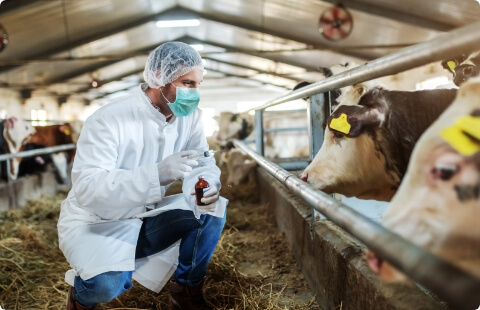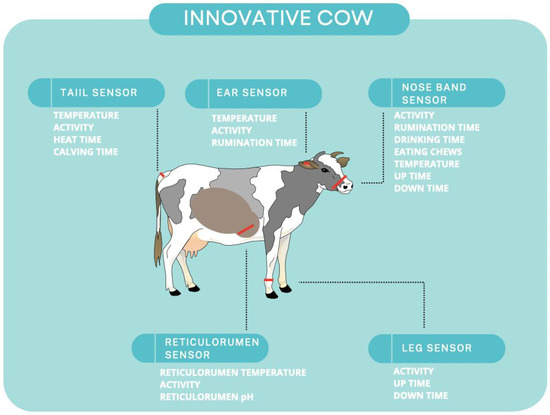Keeping cattle healthy is essential for farmers in Bangladesh. Healthy cattle provide more milk, meat, and other products. Diseases can reduce productivity and cause financial losses. In this article, we will discuss how to prevent diseases in cattle farms in Bangladesh.
1. Provide Clean Water
Cattle need clean water to stay healthy. Dirty water can cause diseases. Make sure to provide clean water daily. Use clean containers and change the water often.
2. Maintain Proper Nutrition
Good nutrition is crucial for cattle health. Provide a balanced diet that includes:
- Fresh grass
- Hay
- Grains
- Mineral supplements
Consult with a veterinarian to create a proper diet plan.
3. Ensure Clean Living Conditions
Dirty living conditions can lead to diseases. Keep the cattle housing clean and dry. Remove waste and bedding regularly. Provide good ventilation to reduce humidity.
4. Vaccinate Your Cattle
Vaccination is essential to prevent diseases. Follow a vaccination schedule recommended by a veterinarian. Common vaccines include:
- Foot-and-mouth disease vaccine
- Brucellosis vaccine
- Anthrax vaccine
Vaccines protect cattle from serious diseases.
5. Quarantine New Animals
New animals can bring diseases to the farm. Quarantine new animals for at least two weeks. Monitor them for any signs of illness before mixing them with the herd.
6. Regular Health Check-ups
Regular health check-ups are important. A veterinarian can detect early signs of diseases. Schedule routine check-ups to keep your cattle healthy.
7. Control Parasites
Parasites can cause health problems in cattle. Use deworming medication regularly. Keep the living area clean to reduce parasites. Consult with a veterinarian for the best parasite control methods.
8. Provide Adequate Shelter
Cattle need shelter to protect them from extreme weather. Provide shade during hot weather. Ensure warm shelter during cold weather. Proper shelter helps prevent stress and diseases.

Credit: www.naturalremedy.com
9. Practice Good Hygiene
Good hygiene is essential on cattle farms. Wash your hands before and after handling cattle. Clean equipment and tools regularly. Use disinfectants to kill germs and bacteria.
10. Educate Farm Workers
Farm workers should know how to prevent diseases. Provide training on proper cattle care. Teach them how to spot signs of illness. Educated workers can help maintain cattle health.
Common Cattle Diseases in Bangladesh
There are several common cattle diseases in Bangladesh. These include:
| Disease | Symptoms | Prevention |
|---|---|---|
| Foot-and-Mouth Disease | Fever, blisters on mouth and feet | Vaccination, clean environment |
| Brucellosis | Abortion in pregnant cows, swollen joints | Vaccination, quarantine new animals |
| Anthrax | Sudden death, bleeding from body openings | Vaccination, proper disposal of dead animals |
| Bovine Tuberculosis | Coughing, weight loss | Regular health check-ups, testing |
Signs of Illness in Cattle
It is important to recognize signs of illness in cattle. Early detection can prevent the spread of diseases. Look for these signs:
- Loss of appetite
- Diarrhea
- Coughing
- Swollen joints
- Fever
- Difficulty breathing
If you notice any of these signs, contact a veterinarian immediately.

Credit: www.mdpi.com
Frequently Asked Questions
How To Improve Cattle Health In Bangladesh?
Regular veterinary check-ups and vaccinations can significantly improve cattle health in Bangladesh.
What Are Common Cattle Diseases In Bangladesh?
Foot-and-mouth disease, anthrax, and black quarter are common cattle diseases in Bangladesh.
How Can You Prevent Cattle Diseases?
Maintain proper hygiene, provide balanced nutrition, and ensure regular vaccinations to prevent cattle diseases.
What Is The Role Of Vaccination In Cattle Health?
Vaccination helps build immunity in cattle, preventing various infectious diseases.
Conclusion
Preventing diseases in cattle farms in Bangladesh is crucial. Follow these tips to keep your cattle healthy. Provide clean water and proper nutrition. Maintain clean living conditions and vaccinate regularly. Quarantine new animals and schedule health check-ups. Control parasites and provide adequate shelter. Practice good hygiene and educate farm workers. By following these steps, you can ensure the health and productivity of your cattle.







